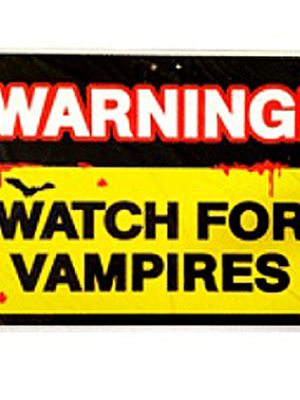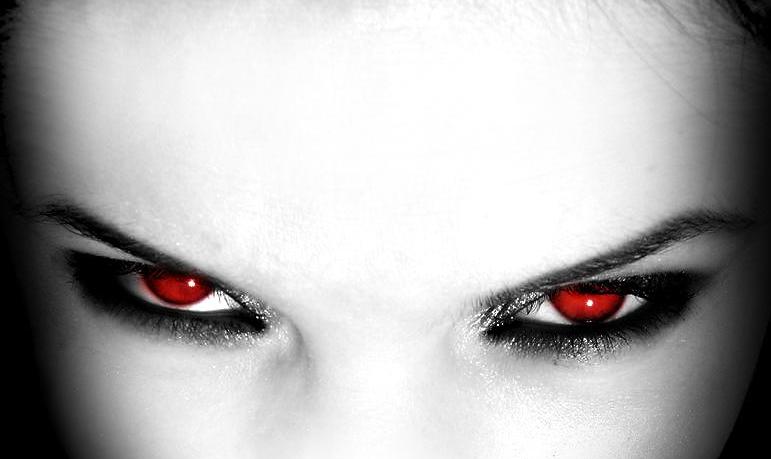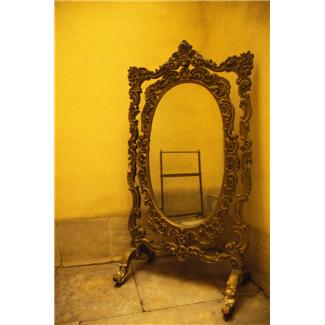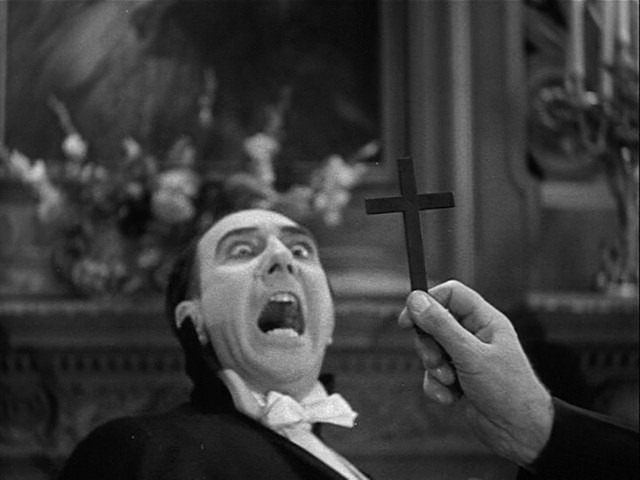 Vampires: the Dos and Don’ts
Vampires: the Dos and Don’ts
Because vampires are not real (yes, master, I told them. I’m sure they believe … wait. You guys can’t hear my thoughts, can you? Ah. Just checking. Carry on then) they don’t really obey any set rules, though their behaviour has been dictated by writers over the last two centuries. Because they are creatures of the night, creatures of Satan, creatures of Hell (sorry, master) they are seen to abhor saintly relics, religious artifacts and ceremonies. But not all do. The thing about fictional creatures is you, as a writer, can decide what rules they follow, and whether through artistic licence, ignorance, arrogance or sheer expediency for their plot, some writers have changed what vampires can and can’t do, and what they’re afraid of, what hurts them and what kills them.
Powers
Blood drinking

Most writers (and let’s face it, folk legends aside, writers are the ones who make the rules for vampires) agree that vampires can drink blood, usually by sinking long sharp fangs into the jugular vein of the victim on the neck, which they then take into their own bloodless bodies, to fortify and keep them alive, or undead. This can also have the effect of lessening their pallor and making them seem outwardly more human. In some, it adds to their strength. Stoker and his like had their vampire “heroes” draw the blood delicately, like a connoisseur sampling a fine wine, while later writers would make vampires more brutal, less refined, tearing open the throat and ravaging the flesh, sometimes even ripping off the head. Stoker’s “fine gentleman drinking” idea was probably to reinforce the image of a cultured being who just happened to be a bloodsucker, whereas later the idea of showing these creatures up to be the monsters they are resulted in gorier and more horrible acts of violence perpetrated by the vampire against his victim.
Flight

Generally dropped fairly quickly, the initial idea was that the vampire could fly, usually by transforming himself into a bat or bird, sometimes by leaping from roof to roof so agilely and quickly that he might seem to be flying. Vampires were also able to climb and crawl up walls, like insects, something that is displayed to a terrifying degree when we first read it in
Dracula.
Hypnotism

Vampires are supposed to be able to mould and massage the human will, staring into the eyes of a victim and binding them with its spell, so that they cannot run - or want to - and even in death do not struggle. However this mesmerism can also be used by a vampire to sway the mind of a human, to make them, for instance, doubt what they have seen, or to believe whatever it is the vampire tells them.
Strength
Generally agreed by all writers is that vampires are very strong, inhumanly so, and no mere mortal can best them physically.
Speed
Vampires possess the ability to move so fast that the human eye cannot follow; a vampire can be a distance away and then in a micro-second be right in front of you. They can also use this power to evade weapons such as bullets.
Procreation/Siring
Although vampires are dead (or undead) creatures and therefore have no seed with which to create new life, they can make other vampires, according to many writers. Methods of achieving this vary but usually it has to do with the vampire cutting his own veins and either feeding the blood to whomever he wishes to make a vampire (often called simply Making) or mixing it with their blood and feeding that to them. The vampire is then the new creatures’s Maker or Sire, and they, the new vampire, the fledgling, are entirely subservient to them, their new Master.
Non-Reflection

Not a power as such, but many writers (though not by any means all) hold to the ancient belief that a vampire loses its reflection after death and cannot be seen in a mirror. Surely makes it a bitch to shave, but it does mean a vampire can creep up on someone without being seen in a mirror. Bit pointless really, I feel, when they can just mesmerise the person, but it’s part of vampire lore, the idea being I think that God refuses to recognise the base creature and so it can’t be seen in a mirror, or the soul being part of the reflection, and the vampire, soulless, has no reflection.
Control of Animals
“Ah!” exclaims Count Dracula, as he listens at the window of his castle to wolves baying in the nearby forest. “The children of the night: what music they make!” Vampires are supposed to be able to control animals such as ravens, wolves, bears, dogs, bats etc.
Metamorphosis
As they can control animals, vampires can also take on the form of same, as again Dracula does in the novel, appearing both as a bat and later a large dog.
Immortality/Ageless
Although not always the case, it has become accepted that vampires either live very long lives or in some cases may be immortal, or the next best thing to it. As they are generally invulnerable, and do not age, only the most catastrophic of accidents or carelesness (being caught out in the sun/staked in their coffins etc) can terminate a vampire’s life, and so to all intents and purposes, providing they are careful they can be regarded as all but immortal. As mentioned, vampires do not age, and some writers have declared that the age the vampire was “made” remains his or her age throughout eternity, or as long as he or she lives. Most vampires would not bother with a scion (the issue of a vampire; their children, in name only) of advancing age, and so the vast majority of them are created young, or relatively young, and remain so.
Miscellaneous
Again not really powers, but vampires have heightened senses, especially hearing and smell, and they do not need to consume food, as they are dead.
PROHIBITIONS, RESTRICTIONS AND THREATS
Powerful as they may be, there are things that can hurt, thwart or even in some cases kill vampires. Again, writers take from and add to these restrictions as they like, but some have been generally accepted as all but universal.
 The Sun
The Sun
Vampires don’t like the sun, and it doesn’t like them. Being creatures of darkness, who hunt at night and cling to the shadows, the power of the sun is the one thing they are powerless against. Every vampire must be in his or her coffin by the time the sun rises, or its power will burn them to ashes. It seems to be accepted that in order to be affected by the sun the vampire has to be in its direct path, and there are stories of vampires, caught out during the day, escaping with their lives by throwing a dark cloak and hood over themselves, dodging from shadowed spot to shadowed spot, pulling heavy drapes across sunlit rooms, or taking refuge in darkened environments such as blacked-out vans or warehouses.
The idea here again is that the sun represents the light of God and all that is good, and that the vampire cannot stand being in the light. His skin is sensitive to the heat and light of the sun, and his eyes are not accustomed to it. As something that should not exist on the Earth, he is able to hide in the shadows and live off people’s uncertainty and fear of the night, but in the blinding light of day his powers evaporate and he is as helpless as a newborn baby. Various writers and film-makers have different ideas of what the sun is supposed to do to vampires - some just burn like cinders, some flake away bit by bit, some burst into flames - but they’re all pretty much agreed that it kills them, though one - in my opinion, poor - writer did create a vampire in the TV series
Moonlight who was able to go abroad by day in full sunlight, with the aid of only a rolled-up newspaper to protect him. Yeah. But that one was very much in the minority, and as a general, usually unbroken and unchallenged rule, vampires haunt the night and sleep in the day, fearing the touch of the sun.
 Holy Water
Holy Water
It will come as no surprise that another supposed weapon used against the undead is holy water. Being blessed by priests, the instrument of God, seen as the adversary of vampires and all creatures of the night, holy water is meant to be not fatal to vampires, but it does (according to some writers) scar, blind or just really irritate them. Some even have it burning them like acid.

Crucifix
One of the classic early ways of holding off a vampire was to hold a crucifix in front of you, against which they were apparently powerless, this being the very symbol of Christ’s sacrifice for Man, and anathema to evil. Later on, some writers decided a simple cross wasn’t enough. You had to have the faith in the symbol to back it up, leading to one vampire (can’t remember in what) grinning at a priest who had lost his faith, knowing that the crucifix he held would not protect the man, as for him, it had lost its power. Mind you, according to Anne Rice, her vampires aren’t bothered by the symbol of Christian belief. Louis in
Interview With the Vampire says “I’m quite fond of crucifixes actually” and to my recollection he actually wears one, though Lestat I think hates and reviles them, that is up until he meets God in
Memnoch the Devil, but I don’t recall them hurting him.
Wooden Stake
Ah, the old stake through the heart! The classic way of killing a vampire. Except it doesn’t, not really. The idea is based on pinning the vampire to the earth by way of the wood, which is also natural, and so nature holds him, making it impossible for him to move or rise, essentially in a state of suspended animation. If someone should be foolish enough to remove the stake, however, look out, as the vampire will be free again. In this fashion, he is never dead - never can die, not by staking - and is merely awaiting his chance to be released by the unwary.
The series
Buffy the Vampire Slayer, however, took this method more literally, and Buffy was able to despatch vampires by literally stabbing them through the heart with a pointed wooden stick, whereupon they collapsed into dust. I’ll check and confirm, but so far as I know, the wooden stake method has another proviso, this being that the vampire has to be staked in his own coffin. It can’t just be anywhere; he has to be basically returned to the place he rose from. Not sure, as I say, but I’ll research it.
Garlic
Not quite a weapon against vampires - you can’t hurl a piece of garlic at one and expect him to vanish in a puff of smoke - but believed to protect humans from the undead creatures. At this point I have no idea why, though I’ll be checking it out. Garlic would be traditionally worn around the neck on a string or hung over doors or windows to prevent the evil monster entering. Maybe it was just the smell that kept them out - I know it would me!
Rosaries
Another religious artifact, the rosary chain or rosary beads would be worn around the neck or held in the hand. As they are used in the mass, in confession and at other holy times, each one representing a prayer, they are said to be imbued with the power of God, and therefore proof against vampires.
Silver
Probably entirely a fictional creation with little or no basis in folklore, the idea that vampires can be stopped by silver seems to merge two very disparate ideas: that of the silver bullet being the only weapon that can kill a werewolf and, well, Kryptonite being the only substance capable of weakening Superman. Charlene Harris seems to have embraced this idea, with her vampire hero, Bill, in the series
True Blood (based on her
Southern Vampire Mysteries novels) chained in heavy silver as a punishment, and Lestat, too, at the end of
Memnoch the Devil is so restrained, but these are the only instances of this restriction being used that I’ve come across to date.
Beheading
If you really want to stop a vampire, do as the zombie hunter do, and emulate the Queen of Hearts: off with his head! Removing a vampire’s head (before or after death or resurrection) is a sure-fire way to put him down. For good measure, you can then set it and him on fire. He ain’t coming back from
that!
Barriers
Most writers over the years and centuries have changed, like many of the so-called laws governing vampires, the things they can and can’t do, but these are some of the ones sometimes held to be true.
Consecrated Ground
Vampires are said to be unable to walk on consecrated ground, that is, ground that has been blessed by a priest. Examples include church graveyards and churches themselves, as well as, one would assume, priests’ houses and seminaries. Rice gleefully flouts this when she has a coven of vampires living in the catacombs beneath the massive graveyard in Paris, who are shocked and scandalised when Lestat takes refuge in the cathedral of Notre Dame! Rice apart though (and probably others) it makes a certain kind of sense that vampires would shun churches, given that there would be such a confluence of religious artifacts there: holy water, crucifixes, etc.
Running Water
I’m not sure who came up with the idea, but someone decided vampires could not cross running water. Stoker ignored this when he sent Count Dracula on a sea voyage to England from his home in Transylvania, and most other writers (at least, relatively modern ones) seem to disown the idea too. Well, it’s hard for a writer to have her characters unable to move from country to country, after all.
Invitations
Generally held as universal, it’s said that a vampire cannot enter any habitation unless invited in by someone who lives there. This only needs to be done once though; after that, he can move in and out freely. Vampires have been known to hypnotise home-owners into inviting them in. There is disagreement about whether or not an invitation, once given, can be rescinded, but if it is allowed to work it has various results, from simply preventing the vampire to enter to actually bodily flinging him out of the dwelling.